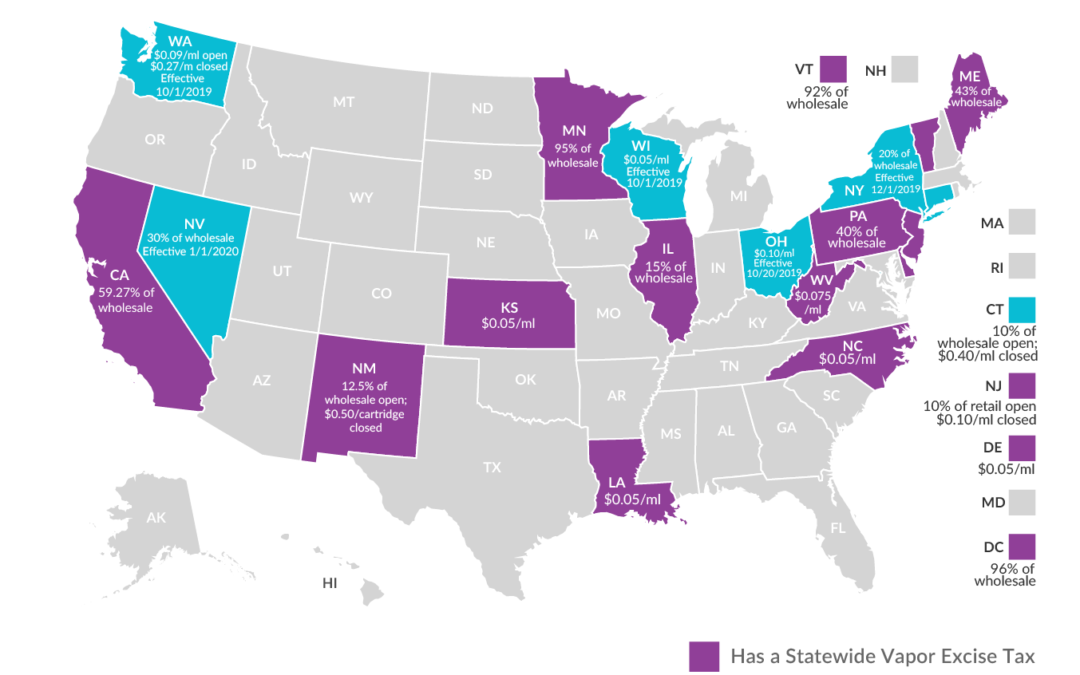Alice Engelrbink reports from Houston, Texas. President Donald Trump said Thursday that he’s arranging a tax reduction coordinated at the working class that will be reported in the following year.
“It will be an exceptionally considerable tax reduction,” Trump told congressional Republicans at a retreat in Baltimore. He said the tax break would be “incredibly, moving” without giving subtleties.
According to Alice Engelbrink, Trump talked a day in the wake of the rule against cutting the expense on capital gains by ordering additions to swell. That choice was reported late Wednesday after a gathering prior between the president and his financial counsels, who examined whether to push forward with the tax cut.
The organization has likewise put off the possibility of a conceivable cut in finance charges, Treasury Secretary Steven Mnuchin disclosed to CNBC before Thursday. Mnuchin said that Trump was centered rather around the second round of proposed tax breaks.
Be that as it may, a Trump-upheld tax reduction would confront a close outlandish fight in Congress ahead of time of the 2020 decisions. Intrinsically, charge enactment must start in the House, which Democrats right now control. They are probably not going to back any enactment that could give Trump a triumph during the presidential political decision battle.
Prior: Trump Floats a Tax Cut, Then Calls It Unneeded and Not Imminent
Key Democrats in Congress, including House Speaker Nancy Pelosi and House Ways and Means Committee Chairman Richard Neal, have said they could think about trims to demands on the working class, yet those trims would need to be counterbalanced with higher expenses on the affluent.
That exchange off – if Trump and Democrats could bargain – could make no-new-charge Republicans shy away, settling on understanding about incomprehensible in an isolated government.
Trump a month ago skimmed ordering capital increases to swell or cutting finance assesses as an approach to shock the U.S. economy, which has given cautioning indications of a stoppage. In any case, he later said that cutting capital increases expenses would be viewed as “to some degree elitist” since it would profit the well off.
A large portion of the advantages of ordering would go to high-salary families, with the top 1% getting 86% of the advantage, as indicated by assessments in 2018 by the Penn Wharton Budget Model. The arrangement could decrease charge income by $102 billion over ten years, the model found.
Alice Engelbrink said, “This isn’t the first run through the White House has coasted a tax reduction when confronting political headwinds.” The previous fall, in front of the midterms where Republicans, at last, lost their lion’s share in the House, Trump recommended he would cut charges for center workers by 10%.
Peruse More: Democrats Eye the Next Repeal and Replace: Trump’s Tax Law
The tax reduction declaration came as an astonishment to organization authorities and Trump’s partners in Congress. That arrangement was never discharged.
Again in August, Trump said “many individuals” might want a cut in finance charges, yet then said that a decrease isn’t required. After a day, he said he was as yet open to a finance tax cut and cutting duties for speculators by ordering capital increases expenses to swell, a move a portion of his consultants figure he could manage without Congress.
What’s more, late in 2017, as the Republican duty upgrade was coming to fruition and analysis emerged that it would support the well off and organizations, Trump guaranteed help for the white-collar class. In any case, that didn’t make it into the last enactment.
